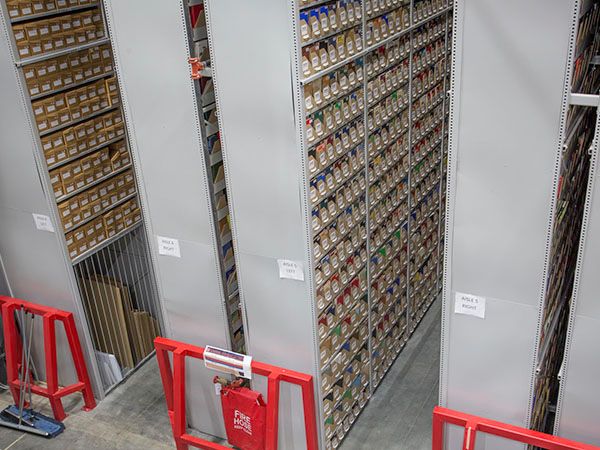Higher Education, Libraries, Off-Site Archival Library
Transforming University Libraries
A journey of consolidation and sustainability.
Have you ever wondered what it takes to transform a university library system, making it more efficient, technologically advanced, and sustainable? The answer lies in planning and strategic decision-making – and most importantly, Spacesavers storage solutions.
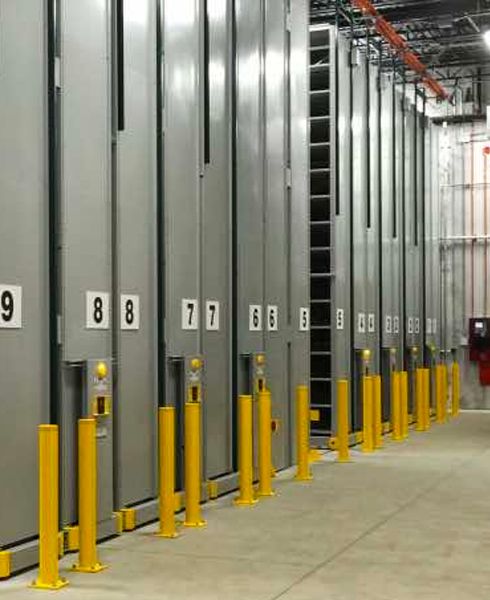
Embracing Change on Campus
The transformation of large collections is no small achievement, especially for universities with extensive and intricate library systems. It's not just about relocating books; it's about reimagining the available space to cater to the needs of modern academia.
Many universities have libraries scattered across their campuses, each serving different departments and purposes. This decentralization often leads to inefficiencies such as duplicated books and scattered collections. To address this, universities must develop a comprehensive strategy that answers the 'how,' 'where,' and 'when' for consolidating their libraries.
The University of Wisconsin-Madison, for instance, developed an innovative process to identify which on-campus libraries were prepared for consolidation. This allowed them to make better use of space and resources.

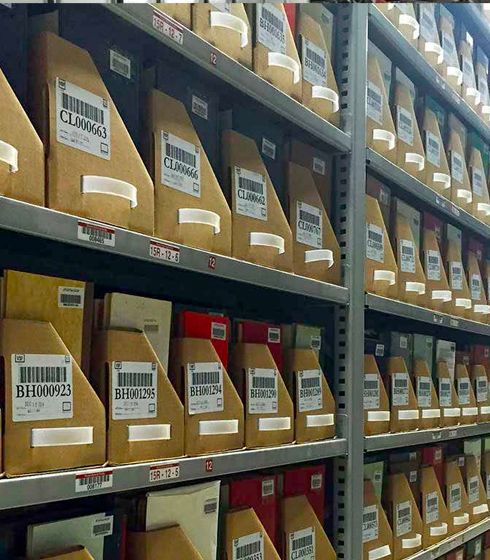
Renovations with Flexibility in Mind
The planning committee at UW-Madison had a vision for their renovated spaces: they wanted areas that could adapt to various needs throughout the day. These spaces weren't just for classes; they needed to serve as study centers and collaborative workspaces, around the clock.
Creating a high-bay shelving facility came about to be the perfect solution as it allowed them to free up the valuable space in the libraries and consolidate their collections in an offsite facility. The initial project was so successful that the University is planning an expansion at the current offsite facility that has 4x the capacity to free up even more critical space that can be repurposed at other facilities.

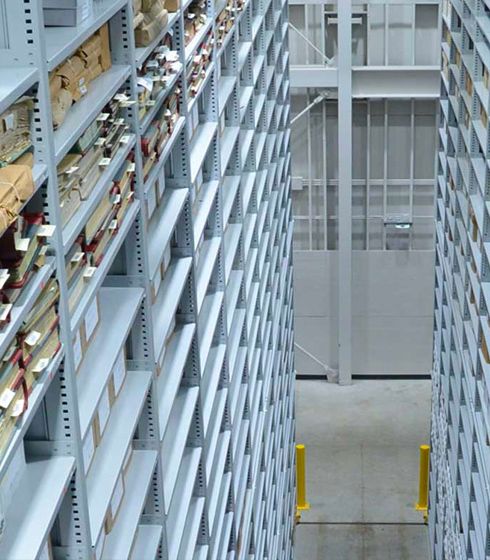
Elevating Efficiency with Spacesaver
Multiple factors must be considered right from the planning stage to ensure efficiency during construction and operations.
Large off-site storage facilities come with significant long-term costs related to temperature and humidity control. A prime example is the Zhang Legacy Collections Center at Western Michigan University. After thorough analysis, they chose the Spacesaver's XTend® Mobile High-Bay Storage System. This reduced costs by needing a smaller building, less energy consumption, and a more convenient location.

Planning a High-bay Facility
Planning a High-bay Facility

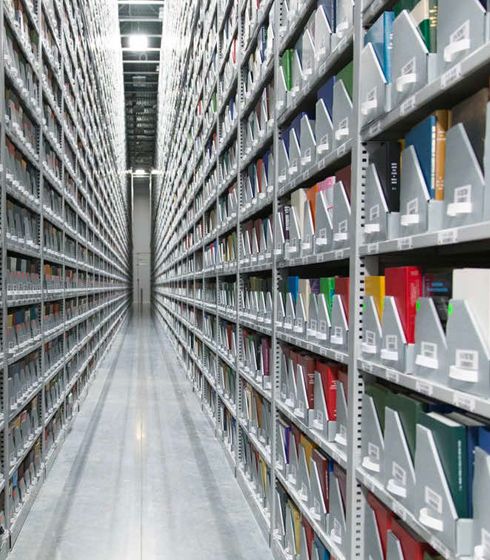
Anticipating Future Needs
When Emory and Georgia Tech embarked on creating their shelving facility, they prioritized seamless intake and retrieval procedures. Architects designed a processing area that provided easy access to shelving and even included an interior loading dock for convenience.
Wake Forest University approached their off-site shelving facility with foresight. They didn't install all the shelving units at once. Instead, they set up rails for the XTend® Mobile High-Bay Storage System during construction, with plans to add more units as needed in the future.

Commitment to Sustainability
Spacesaver has been a pioneer in sustainable product design since 1972. Our high-density mobile shelving systems not only save space but also reduce construction, material, and operational costs while preserving the environment.
Spacesaver's commitment to sustainability is evident in our products and manufacturing processes:
- Containing an average of 25% recycled steel
- Utilizing optional NAUF (no added urea formaldehyde) particle boards
- Offering integration with alternative materials such as acrylic and glass
- Contributing to LEED® certification
- Designed for reconfiguration, reuse, and relocation, extending their useful life and reducing waste
Other articles in our Library Transformations series:
In the ever-evolving landscape of academia, libraries must adapt to meet the needs of students, staff, and faculty. Through careful planning, strategic consolidation, and sustainable practices, universities can not only modernize their libraries but also create spaces that foster innovation and learning.
Related Products
Next Up in Libraries

Enhance Library Efficiency and Flexibility with Adjustable and Configurable Shelving
Read On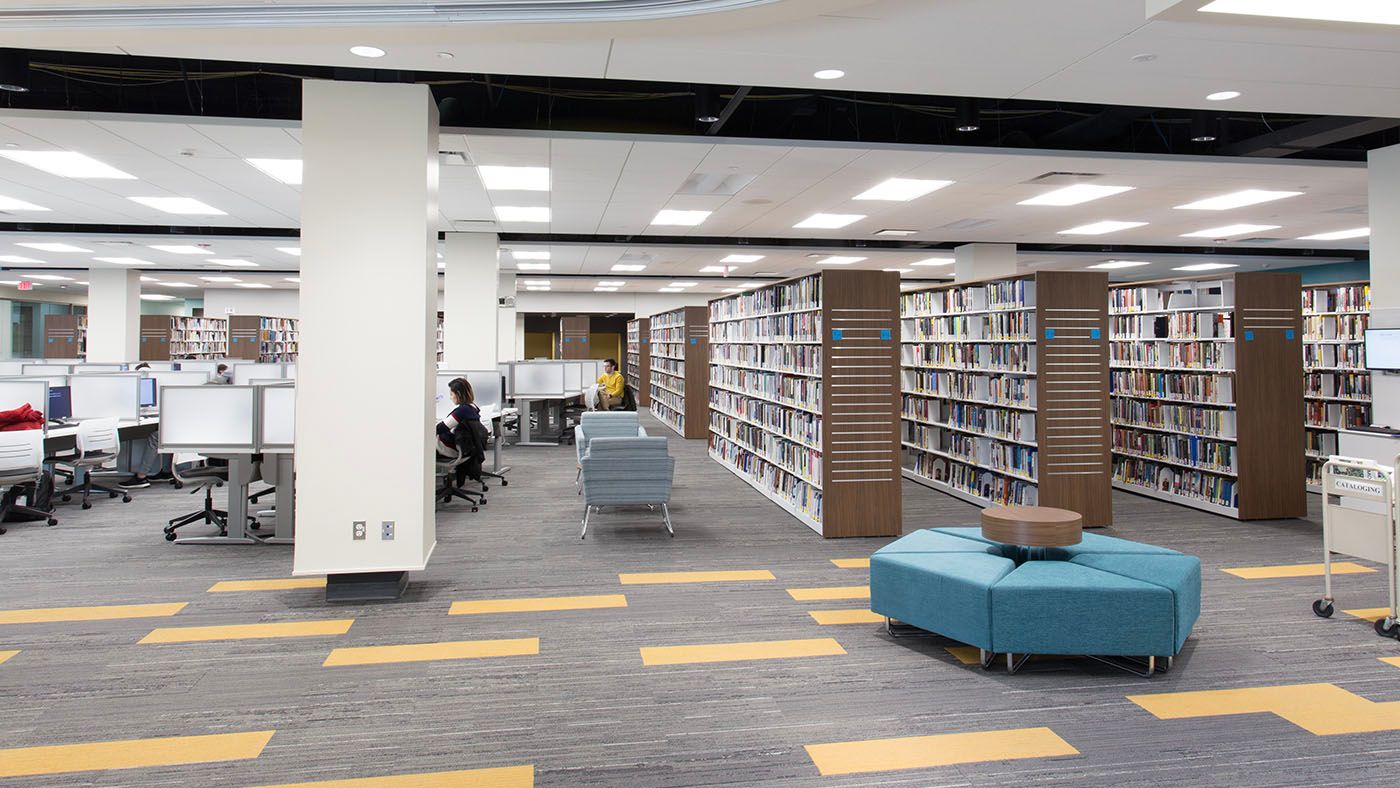
Spacesaver provides insights and installs geared toward advancing your campus library’s impact.
Read On

